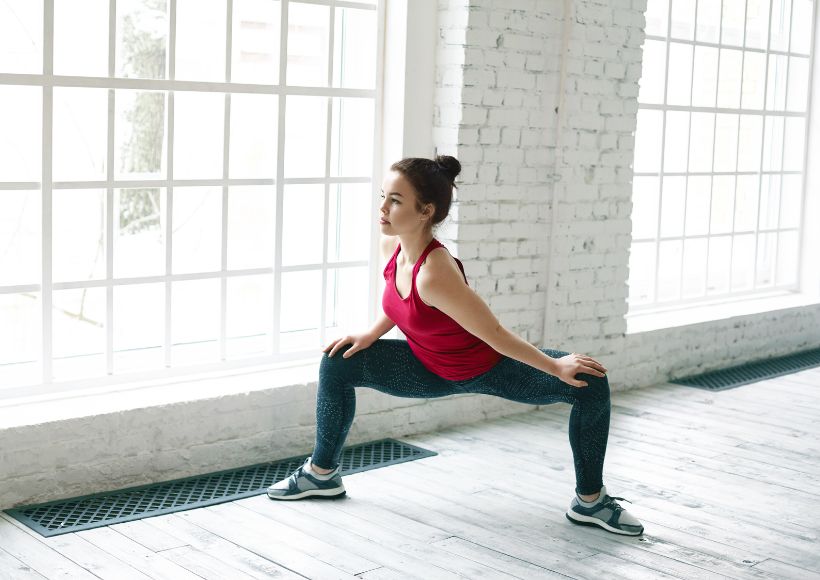What is behind the groin pain?
In the rarest of cases, the cause of this is a hernia . Muscular problems often play a role. Especially in athletes with groin pain, hip and knee flexors are very often shortened. Regular stretching helps here.
Incorrect stress build-up, too high an intensity, too high a training volume and a lack of recovery phases often cause irritation in the muscles and their connective tissue coverings, the so-called fascia.
In the past, the importance of the fascia for training was greatly underestimated and therefore received little attention. Today we know that they carry the smallest nerve endings and small blood and lymphatic vessels. They are therefore much more complex than the muscles, which can only contract. It therefore makes sense to incorporate fascia training, e.g. with the fascia roller, into your sport-specific training in order to keep the fascia supple over the long term.
Static also plays a decisive role in groin pain:
- Are there leg length differences?
- Is there a pelvic tilt?
- Has a hollow back formed? Are there foot deformities?
Here you should consult a specialist in orthopedics and trauma surgery . He uncovers static issues through a physical exam. A 3D or 4D spine measurement is often also carried out. The patient can be provided with special sports insoles that compensate for the shortening.
Groin pain can also arise as a result of structural disorders
But not only functional causes play a role in groin pain. Structural disorders of the lower intervertebral disc levels, the sacrum and the hip joints are also often present.
Athletes with groin pain very often have disc protrusions in the lower two levels of the lumbar spine. In addition, the underlying back muscles are weakened. As a result, the small vertebral body joints that connect the vertebral bodies with each other are increasingly stressed and the nerve fibers are irritated. They then radiate into the groin. This is called projected pain. The orthopedist obtains this information from an MRI of the lumbar spine.
But the sacral joints also project pain into the groin. Due to the shortened hip flexors of the athlete, the sacrum joints are increasingly stressed. This leads to irritation and, in the long term, to the onset of wear and tear on the sacrum joints.
Finally, the hip joints also radiate into the groin. If, for example, the joint sockets are insufficiently covered from birth or if there is already a wear and tear disease, the hip joints can be stressed in the area of the anterior capsule through sport.
The orthopedist first assesses the sacrum and hip joints using ultrasound and examines the pelvis using MRI.
How can the pain be treated?
If the state of irritation of a joint can be precisely assigned, an ultrasound-assisted injection with a mixture of local anesthetic and cortisone is recommended. Alternatively, hyaluronic acid preparations and platelet-rich plasma (PRP) are available.
In addition, the doctor can schedule five to ten sessions of pulsating magnetic field therapy or radiation with a high-energy laser. During this time, exposure to everyday activities should be limited.
The procedure can often be combined with an enzyme preparation for three to four weeks. In the acute phase, an analgesic, anti-inflammatory preparation can also be used for a short time.
The athlete’s groin pain has many facets – the expert knows them all.
Stay healthy.
Also Read : What Is a Muscular Imbalance? Causes, Symptoms, Therapy

